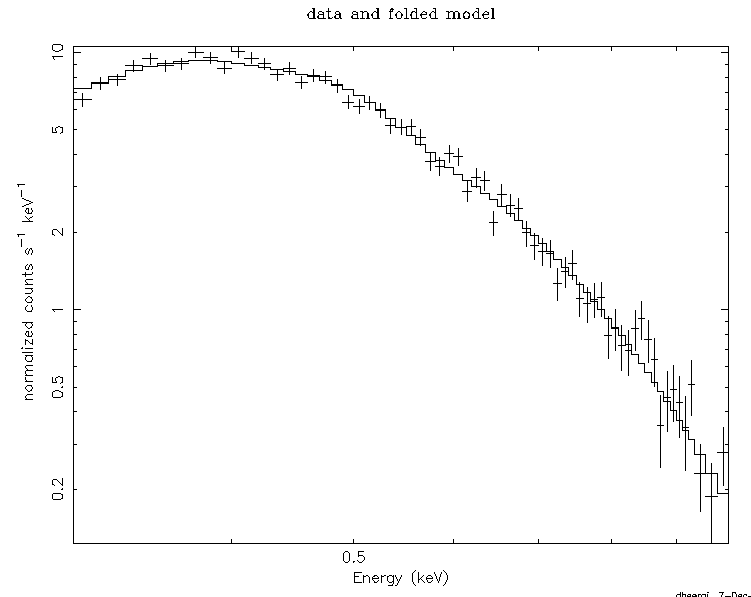NICER / ISS Science Nugget
for December 24, 2020
NICER observes an X-ray flare from a candidate stellar tidal disruption by a supermassive black hole 1.3 billion light years away
On December 2nd, NICER responded to a target of opportunity (ToO) request to observe X-ray brightening of the nucleus of a galaxy at a distance of roughly 425 megaparsecs (1.3 billion light-years). This new transient, now known as AT2020ksf, was first identified in visible light on 21 April 2019 by ESA's Gaia space telescope; it has been steadily
declining in optical brightness ever since. By contrast, two space-based observatories, NASA's Swift and the Russian-German Spektr-RG, found that AT2020ksf brightened in X-ray light by a factor of roughly 10 between April and November 2020. A follow-up optical spectrum obtained by the Keck telescope in Hawaii showed a close resemblance to previously known stellar "tidal disruption events," in which a star venturing too close to the galaxy's central supermassive black hole is torn apart and X-rays are emitted when the debris stream is accreted by the black hole. Following this classification, NICER was alerted to acquire deeper X-ray measurements.
AT2020ksf's average NICER X-ray spectrum from 2-4 December 2020 can be described as thermal emission with a temperature of roughly 1.1 million Kelvin, originating from a region with a characteristic size of 4 × 1011 cm. The transient was radiating approximately 5 × 1036 Watts. These initial NICER results were reported by Pasham et al. in Astronomer's Telegram #14248.
NICER is carrying out additional observations over the coming weeks to search for theoretically predicted periodic X-ray modulation which could arise from precession of a newly formed accretion disk surrounding the once dormant black hole. The recent loss of power due to the 4B critical bus anomaly has led to an 11-day (at least) gap in this dataset; resumption of observations, when possible, will show whether the source has evolved significantly in the interim.

Figure: NICER X-ray spectrum of AT2020ksf highlighting the underlying thermal emission component.
<< Previous
Main Index
Next >>